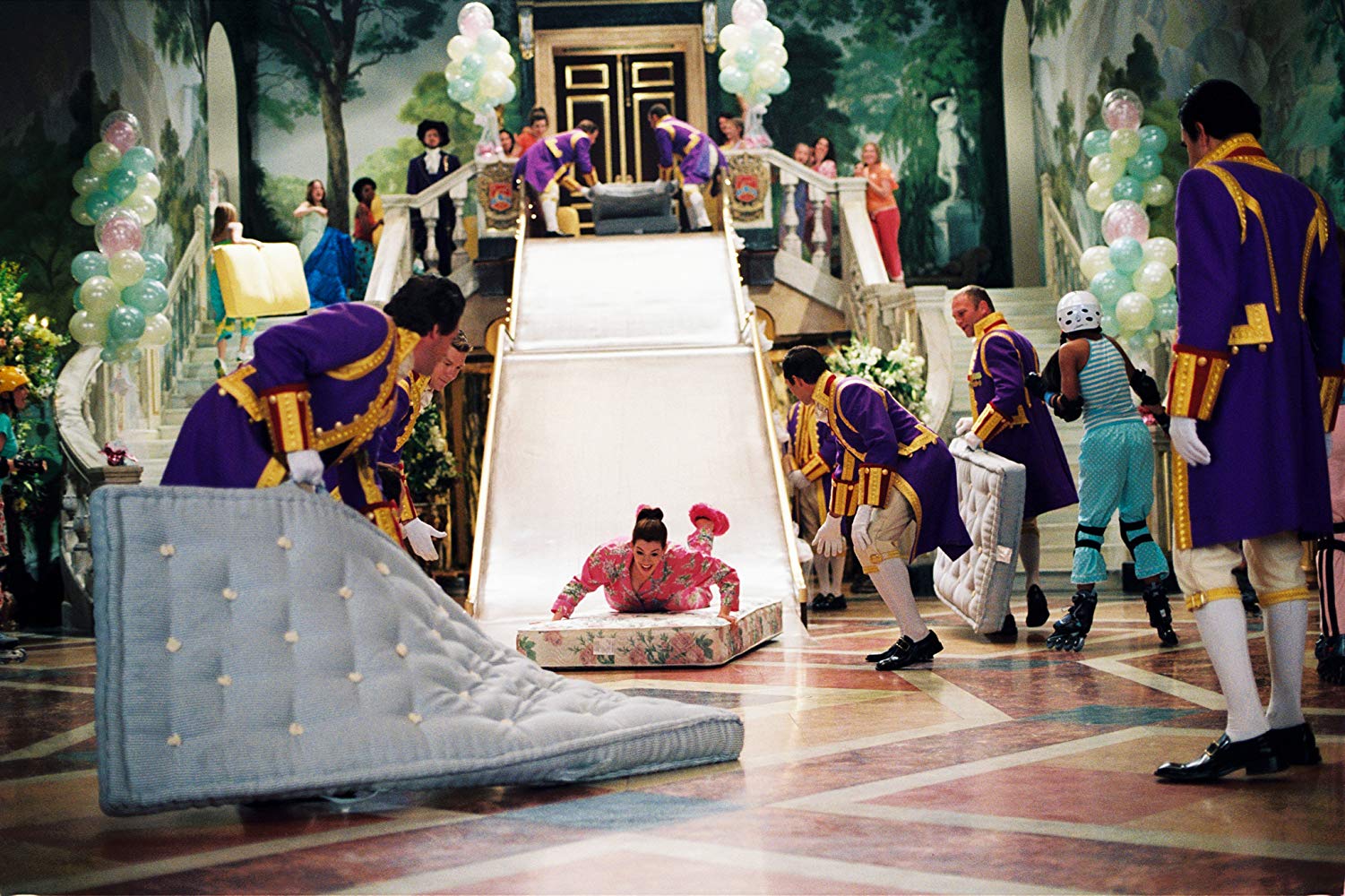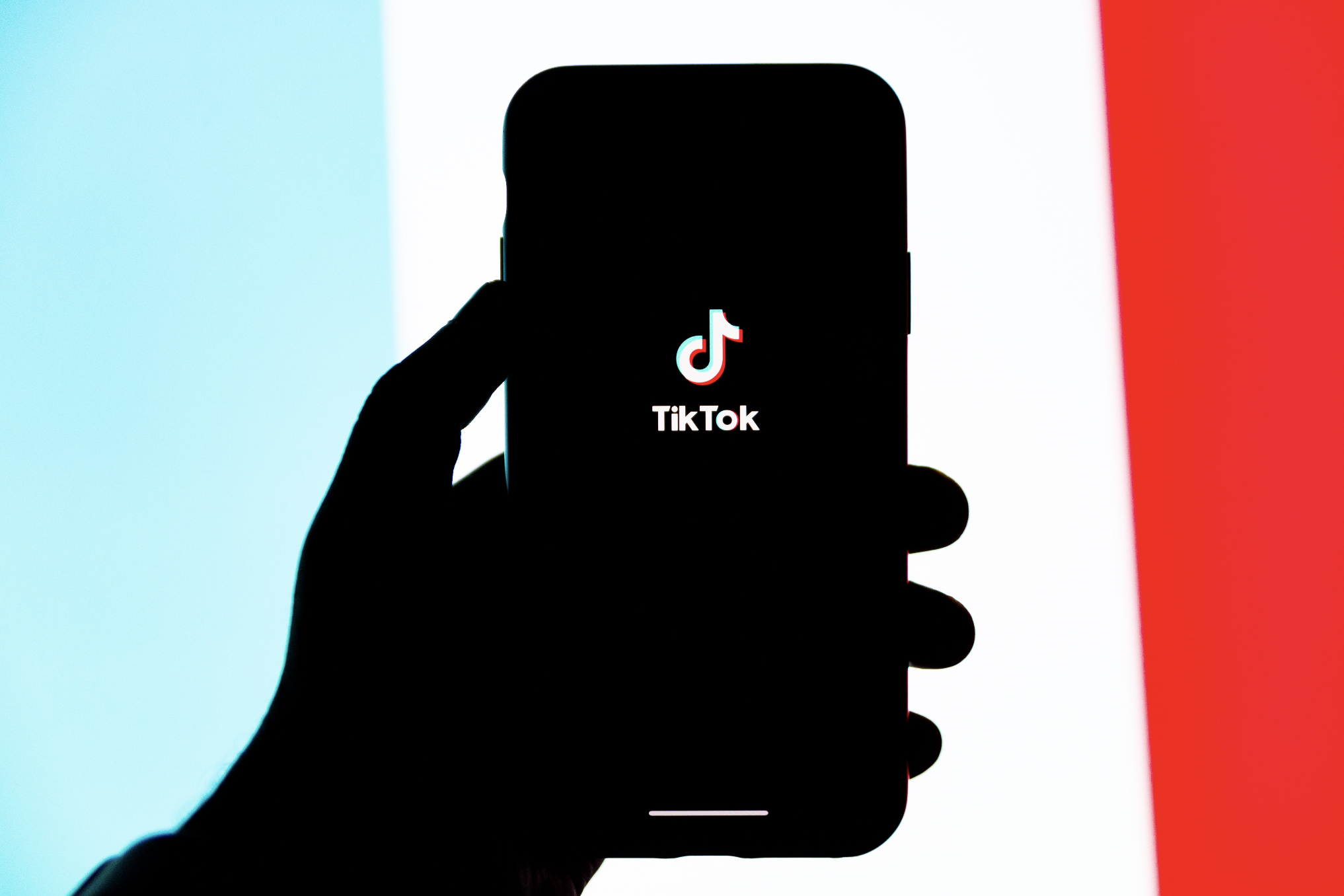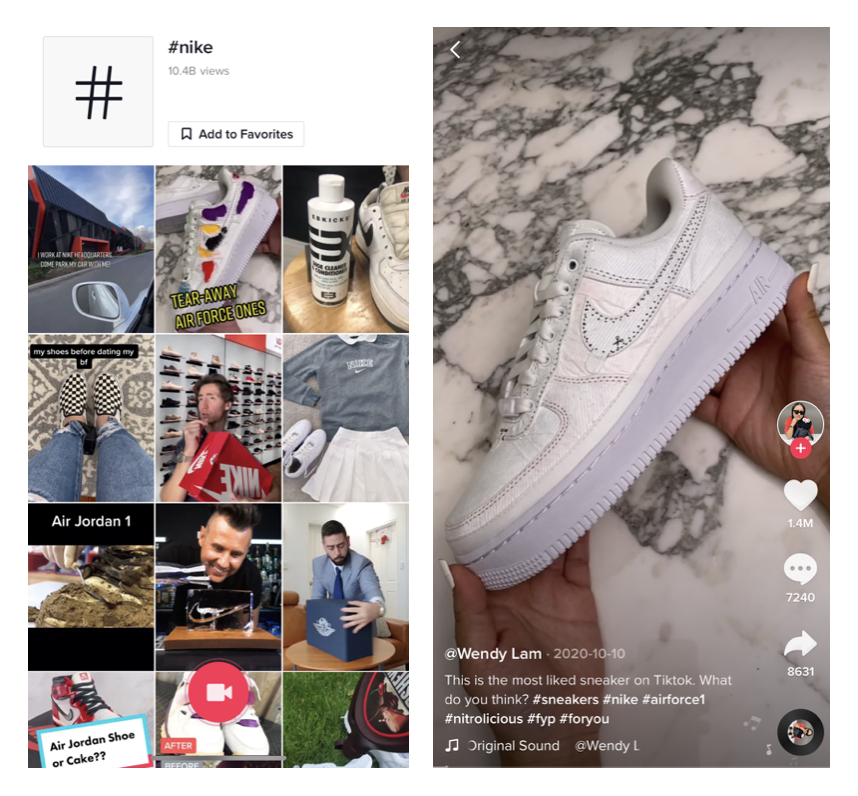On TikTok and Princess Diaries' Parallels
And why TikTok is changing today’s digital marketing landscape.
by Jazmine Yu and Maxine Magsalin

POV: it’s 2019, and you keep hearing about some new app called TikTok; apparently, it’s where all the “Gen Z” kids are flocking. You don’t really know much about it apart from what it seems like on the surface level: a bunch of dancing teenagers hopping on a craze? Lip-syncing and other cringe-y, childish things? All that secondhand embarrassment seems like a lot to handle, so you don’t even bother checking it out. You might even end up developing an unexplainable aversion towards it. Two years later, it has somehow turned into the social media platform of the times—where do you go from here?
A trip down memory lane
Mattress surfing in a princess palace with your grandmother who also happens to be a literal queen—ring any bells? It has been two decades since we nerds lived vicariously through Mia Thermopolis, played by Anne Hathaway in the cult-favorite film Princess Diaries. Years later, her character’s arc can be compared to fellow cult-favorite: the infamous social media app TikTok. Mia was a teenage misfit who was perceived as gawky and unattractive by her peers. She had a few good friends, but her shy and introverted nature never really warranted her a seat at the cool kids’ table. Mia’s world was dramatically and suddenly upended when it was revealed that she was the heir to a fictional European throne. She was groomed to be a princess by undergoing a drastic makeover, consequently changing how everyone perceived her. Suddenly, everybody took pains to be a part of her world. Sound familiar?

Life imitates art
TikTok—formerly known as Musical.ly—was launched in 2016 and went from serving a relatively small market to having 689 million users as of May 2021. Simply put, TikTok is a short-form video-sharing app that allows users to create and share videos of almost any kind. It is the market leader in a segment wherein previous apps like Vine and Dubsmash failed to achieve such immense levels of success. Somewhere along the way, people who were once utterly uninterested in TikTok found themselves shamelessly enjoying it and its many different universes. Whatever piques your interest: from witches to art to cooking all the way up to mass-protesting, you’ll surely find content that suits you.
The unlocking of TikTok’s potential is parallel to the part in Princess Diaries where Mia discovered that she was a princess and was in the process of getting used to her new life and self. The app began to carve out its own prominent space in the digital spectrum with its rise in 2019 and its 188 million new users just in Q1. There was so much new content, and the new “TikTokers” were overwhelmed with everything TikTok had to offer. Mia had a similar reaction to all the changes in her life: she was overwhelmed, but also extremely excited at the same time. After a bit of trial and error and experimentation, Mia Thermopolis found her groove and successfully adjusted to her new glamorous life while maintaining who she was at her core. Similarly, TikTok has cemented its position in the digital landscape while retaining its fundamental features and welcoming a new era of content creators. Same old, same old—in a cathartic twist, TikTok, just like Princess Mia, has become the talk of the town.
The ultimate glow-up

TikTok is now in its prime Princess Mia moment, and it’s pretty valid to say that the app is ruling the digital landscape. It has allowed for the emergence of a whole new breed of creators with huge audiences and influence. There are the Charli D’Amelios and Addison Raes of the app, who are known for their dance content and now have millions of followers and millions of dollars to their names. Many creators have also branched into creating educational content to enlighten fellow users on useful real-world information. Basically, there are endless types of creators and content on the app. The challenge now is how to make content that is both interesting and appealing.
A safe, powerful haven
TikTok has become a safe space for people around the world to express themselves and their views unapologetically. Comparably, one of Princess Mia’s strengths is her ability to relate to others and view the world from various perspectives. She managed to lead by example and learn to do what’s right for her people, similar to how TikTok has been a breeding ground for online activism. Its users are able to mobilize movements and ignite change, making ripples through the app’s unique ways. Apart from giving a voice to every user, the platform has also opened up many (gigantic) doors for its various creators. Many have become brand ambassadors for multinational companies, others have started careers in music or TV, and some have started businesses of their own. Even small creators with only a few thousand followers receive business opportunities as brands recognize the significant influence TikTokers have over their audience.
In the film, Princess Mia suddenly interrupts the festivities at an Independence Day Parade after seeing a few boys tease a younger girl. Mia learns that the children are orphans and invites them to join her in the parade, proclaiming that anyone can be a princess (or a prince). Similarly, in the world of TikTok, it goes without saying that anyone can be a content creator. The app may be sprawling with a-list celebrities like Will Smith and Justin Bieber, but many users flood the app to see perfectly ordinary and relatable individuals. According to BBC, “with an app like TikTok, your funny video has as much chance of going around the world as the next person’s, whether they have 0 followers or 100,000.” TikTok has drastically changed the social media game, ignoring the distinct contrasts between influencers and normies. Gone are the days of the traditional holders of social media power; the sheer randomness of TikTok fame is looking to transform the digital landscape as we know it.
Unlocking TikTok's marketing power
Apart from individual creators, many businesses and organizations have hopped on the bandwagon to utilize TikTok for their digital marketing efforts. Nike, for example, has taken an interesting approach to TikTok—capitalizing on user-generated content or UGC. The real marketing magic of the app can be viewed by searching the hashtag #nike on the app: it has 10.4B views and counting and contains millions of TikToks by individual creators. As you scroll down, you’ll see an abyss of videos of users sporting their Nikes, painting their Nikes, dancing in their Nikes, skating in their Nikes—basically anything under the sun. Such UGC essentially serves as free advertising and marketing, which explains why so many other brands also utilize this strategy.

This magic is not limited to huge, well-established brands—the app has also proven to boost the growth of small businesses. Elyse Burns, a small business owner (among many on the platform), attributes 90% of her total sales to TikTok. It’s a win-win situation: small businesses use TikTok to drive brand awareness and sales while consumers discover great new enterprises to support. It’s important to remember, though, that TikTok has its own unique style. It fosters a fun, authentic atmosphere wherein users and businesses can experiment with trends, act playful, and show different sides of themselves. It only makes sense that brands that reveal their true personalities have better chances of connecting and building trust with users. Ultimately, TikTok is a brilliant opportunity for businesses to parade their products and services while tapping into a whole other dimension of social media. Since its launch, the app has evolved from a quirky video-creation app—solely meant for individual creators to express their creativity—to the advertising and marketing haven it is today.
Long live the queen!
There’s just something about TikTok’s algorithm and short-form type content that gets people hooked almost immediately. Suffice it to say that the app is only going to continue to grow from here on out. More creators will be hopping on the platform, more types of enjoyable content will be made, and TikTokers far and wide will continue setting as many trends as possible. Apart from the entertainment it provides, the app is a huge marketing opportunity that brands can use to get creative while growing their businesses at the same time. When Mia Thermopolis got the hang of being a princess, she didn’t let it get to her head. She learned the ropes of how to be royalty, of course, but she also stayed true to herself, and doing so allowed her to gain all the support she needed to enact change. Similarly, TikTok is staying true to itself as a platform that allows its users to spark movements, bring joy, inspire creativity, and spread knowledge globally. Best believe that TikTok will remain a valuable platform that will continue to revolutionize digital marketing as we know it: and you’re going to want to be a part of it.